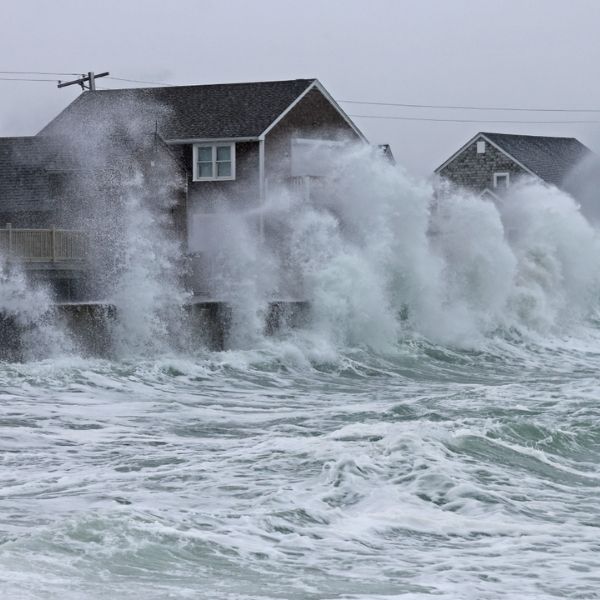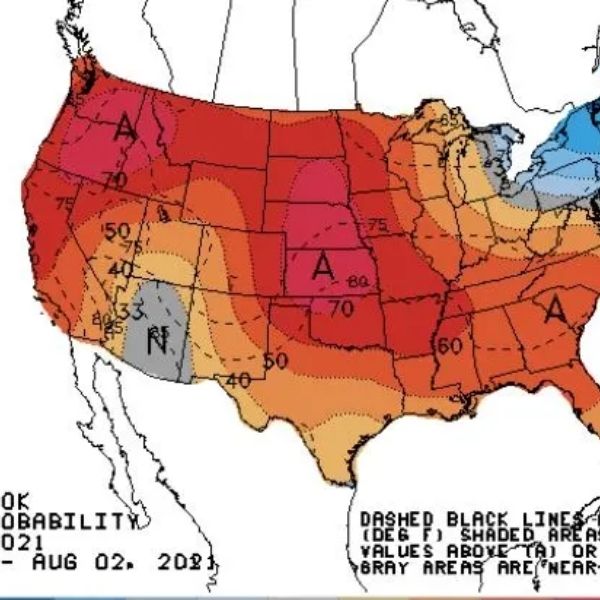Even as global temperatures rise, bitter winter cold continues to strike parts of the U.S. — sometimes with devastating results, like the 2021 freeze that crippled Texas and Oklahoma and caused over $1 billion in damage.
Now, new research points to a major driver behind these extreme winter events: disruptions in the polar vortex, the band of low-pressure air that typically spins over the Arctic. As the Arctic warms, these disruptions are becoming more common, sending waves of cold air plunging into North America.
“Overwhelmingly, extreme cold, heavy snowstorms, and deep snow are linked to these stretched vortex events,” said Judah Cohen, study co-author and director of seasonal forecasting at Atmospheric and Environmental Research, in an interview with Live Science.
What the Study Found
Cohen’s team analyzed satellite data from 1980 to 2021, along with historical winter weather patterns. Their study, published July 11 in Science Advances, found that the polar vortex often stretches and wobbles — rather than fully collapsing — like a figure skater extending an arm during a spin. These “stretch events” are increasingly frequent and are associated with extreme cold in parts of the U.S. and Canada.
They identified five common stratospheric patterns, two of which are directly tied to deep freezes in different parts of the U.S.:
-
One tends to bring Arctic air toward the East Coast.
-
The other cools the Midwest and Plains.
Since 2015, the latter pattern has become more dominant, possibly linked to repeated La Niña events — periods when Pacific Ocean waters near the equator are cooler than usual.
A Forecasting Breakthrough
Understanding these vortex patterns could improve winter forecasts — especially over two- to six-week periods, which currently have the least accuracy.
“This paper can be helpful in that timeframe,” Cohen said, offering practical benefits for sectors like energy, insurance, and emergency planning.
Andrea Lopez Lang, an atmospheric scientist at the University of Wisconsin–Madison not involved in the research, added:
“Knowing how cold it will get helps plan for risks like frozen pipes or insurance claims. That’s critical information.”
What’s Driving the Change?
Cohen believes a key player is melting Arctic sea ice, which increases temperature contrasts across Eurasia and strengthens atmospheric waves that disrupt the polar vortex.
If sea ice eventually disappears, however, the current wave pattern might break down. That could mean fewer disruptions — and fewer deep freezes.
“We could end up with winters more like the Southern Hemisphere, where the polar vortex rarely breaks down,” Cohen said. In that case, mid-latitudes could warm significantly, while the Arctic remains frigid.
Bottom Line
Despite a warming planet, brutal winter cold isn’t going away just yet. In fact, it’s being driven by the very forces of climate change reshaping the Arctic — and researchers now have a clearer picture of why that cold keeps creeping south.
This article has been carefully fact-checked by our editorial team to ensure accuracy and eliminate any misleading information. We are committed to maintaining the highest standards of integrity in our content.
















Leave a Reply